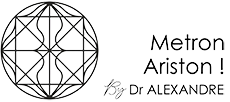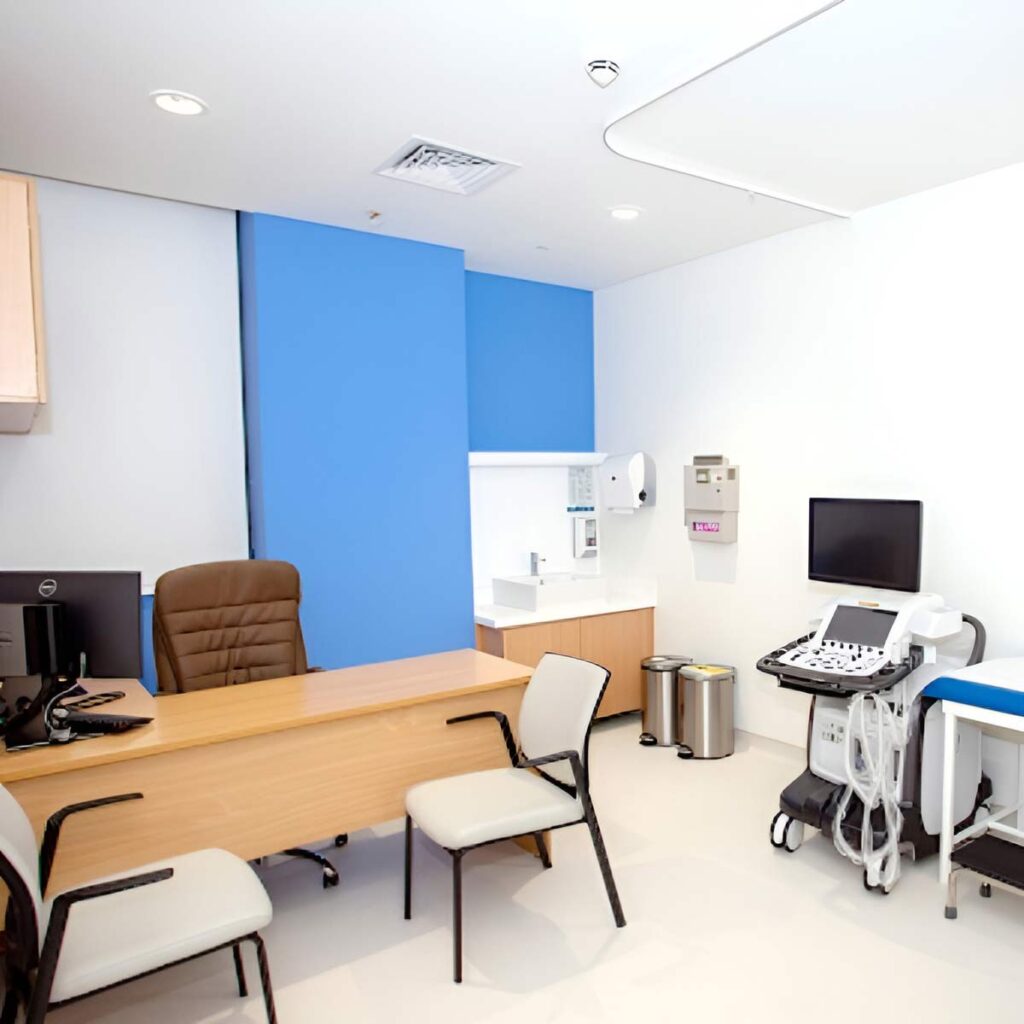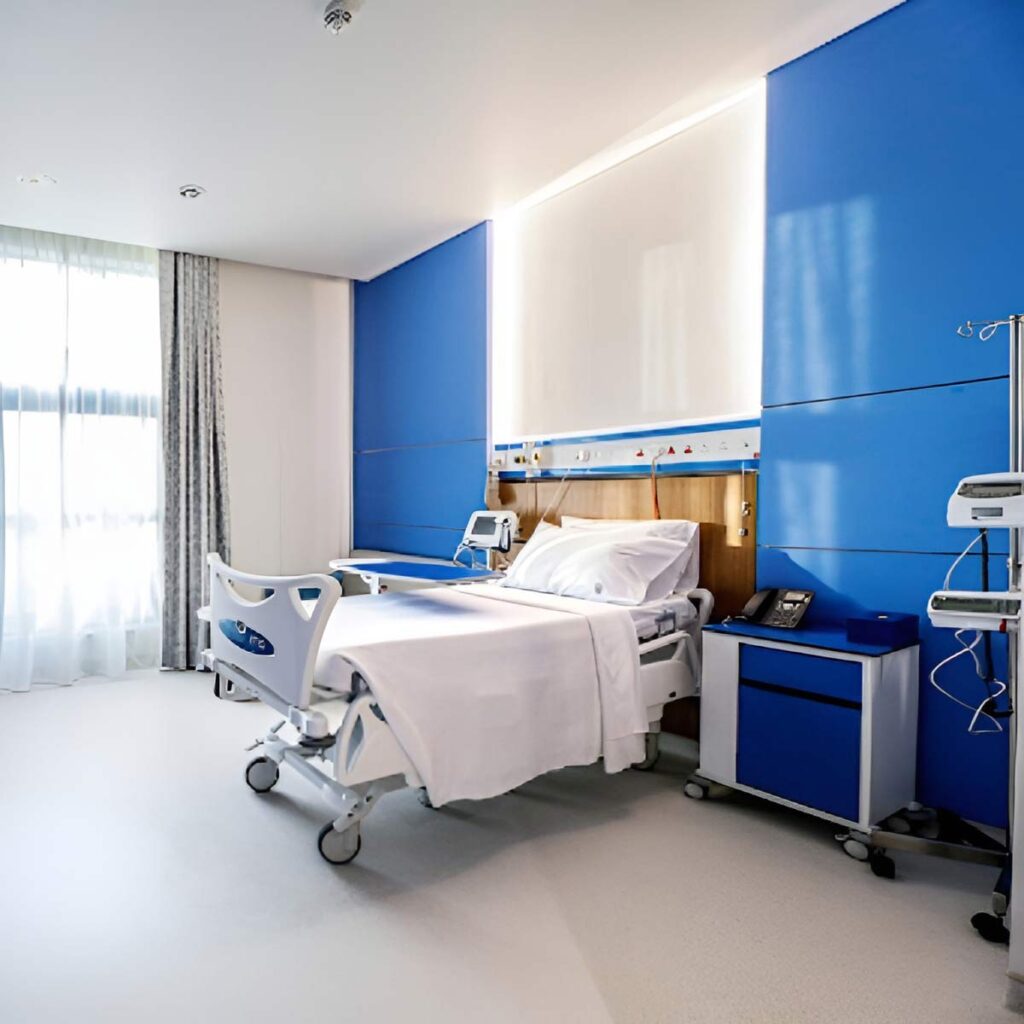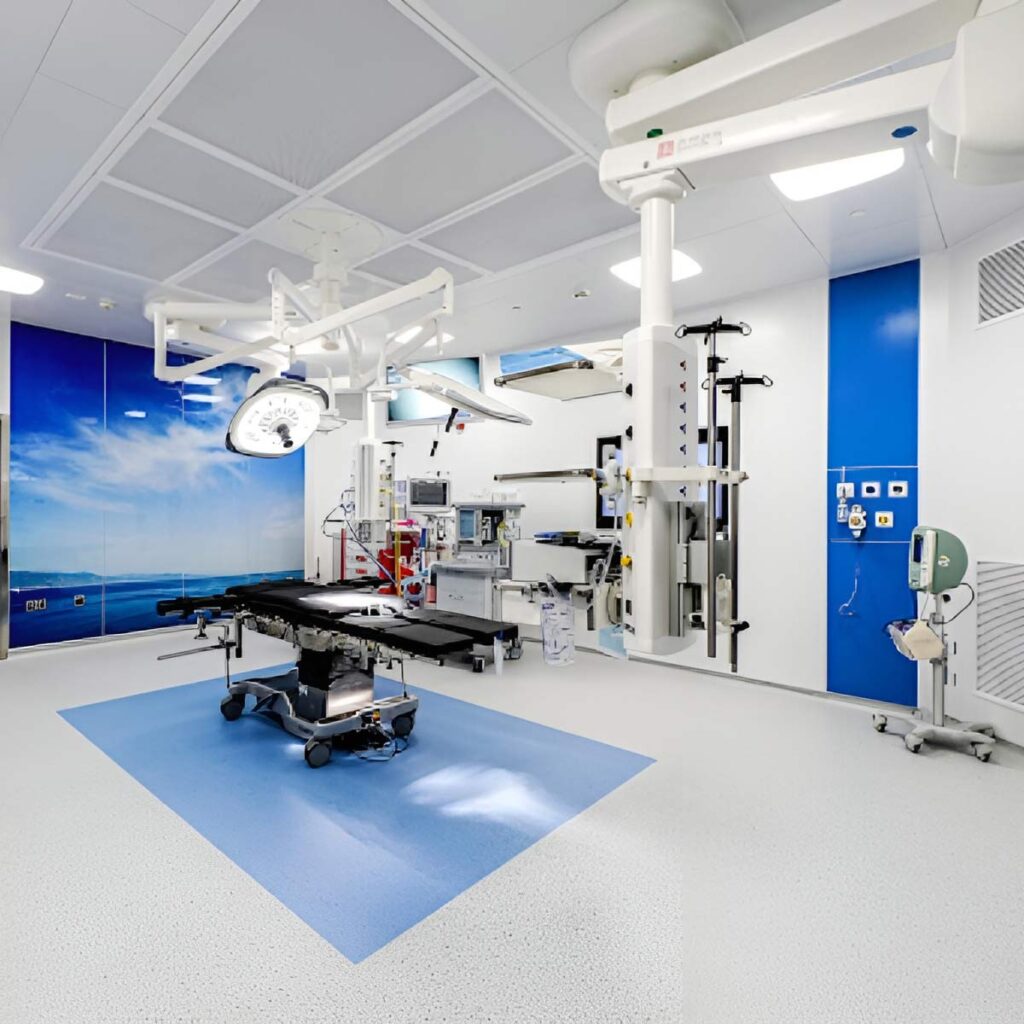Breast Augmentation In Dubai
What Is Breast Augmentation?
Augmentation mammaplasty, commonly known as Breast Augmentation, is one of the most popular procedures of Plastic Surgery, involving the use of implants to achieve the desired result of fuller breasts and/or to restore breast volume loss.
Mammary hypoplasia is defined as a breast volume which is insufficiently developed in proportion to the patient’s morphology. It can be a pre-existing condition (small breasts from puberty) or appear later, after substantial weight-loss, a pregnancy followed by breast-feeding, or hormonal problems.
Book A Free Consultation
Dr. Alexandre Dionys M.d., Ph.d.
Book A Free Consultation
It can occur alone or be associated with ptosis, that is sagging of the breasts, skin stretching and a lowered areola. This insufficient breast volume can often be a source of physical and psychological distress for the patient who feels she lacks femininity, negatively impacting her self-confidence and self-image which can lead to an inferiority complex. Breast augmentation surgery can provide not only a solution to these problems, but also deliver an impeccable aesthetic result.
The procedure can be carried out at any age above 18 – below this age the procedure is not advisable. The implants used at present are composed of a shell and a filler. The shell is always made of silicone rubber, but the filler can vary. The implant is termed ‘pre-filled’ when the filler is inserted during the manufacturing process (gel and/or saline solution). The different volumes are therefore fixed by the manufacturer.
The surgeon fills implants with saline solution which can be adapted to the patient to a certain extent during the procedure.
Hospital Facilities
Our state of the art facilities are designed for premium plastic surgery services, making use of advanced technologies and enabling the application of innovative techniques.
Our patients benefit from the latest advancements in aesthetic surgery procedures, which ensure minimal downtime and optimal results.
Our facilities are equipped with cutting edge technologies and provide a comforting environment, focusing on delivering not just transformative plastic surgery solutions but also a superior patient experience. The dedicated staff, from the doctors to support personnel, is committed to maintaining the highest standards of patient care, making Dr. Alexandre a top choice for high-quality plastic surgery services in a sophisticated setting.
Why Choose Dr. Alexandre?
Dr. Alexandre Dionys is a renowned Plastic Surgeon with over 30 years of experience and more than 15,000 aesthetic surgeries performed. He is a global pioneer in advanced Body Contouring and Facial Plastic Surgery. His academic excellence, evidenced by 500+ research publications and over 1000 scientific citations, establishes him as a leader in his field. Choosing Dr. Dionys for plastic surgery ensures you receive care from a highly skilled and experienced surgeon, minimizing the risk of complications and unsatisfactory results. His unparalleled surgical skill and innovative techniques guarantee transformative and safe outcomes. Book a free consultation with Dr. Alexandre Dionys to achieve the body contouring results you desire.

Before the operation
After studying the anatomic features of the patient, the plan for the operation will be determined. This will also take into account the technique of choice, the expectations of the patient and the positioning of the scars, the type and size of implants, and the position of the implants above or below the muscle.
A thorough preoperative examination with blood tests will be carried out as prescribed. An anesthesiologist will see the patient in consultation at the latest 48 hours before the operation. In addition to the usual preoperative tests, it is highly advised that the patient is screened by mammogram and ultrasound before surgery.
No aspirin-based medication should be taken during the 10 days preceding the operation. You will probably be asked not to eat or drink anything for eight hours before the operation.
Hospital stay and type of anesthesia
Type of anesthesia: This is usually classic general anesthesia, you will sleep throughout the operation. Rarely ‘twilight’ anesthesia is used (local anesthesia with intravenous sedation), this can be discussed with the surgeon and anesthesiologist.
Hospital stay: Aesthetic breast surgery can be carried out on day-care basis – the patient leaves on the same day after some hours of medical supervision. However, in some cases a short hospital stay can be preferable. The patient arrives in the morning (or sometimes the previous evening) and is discharged the following morning.
After the operation
There can be some pain for the first few days after the procedure, particularly when the implant is large and/or placed behind the muscle. In this case pain medication could be prescribed for several days to dull the pain. Even if there is no pain there will be a strong sensation of tightness.
Swelling and bruising of the breasts, and difficulty in raising the arms are frequent immediately after surgery. The original dressing is removed a few days after the procedure and is replaced by a lighter dressing. Then an elasticized bra can be recommended to be worn night and day for a few weeks.
Most patients are able to return to work within a few days. It is recommended to refrain from any strenuous activities that could raise pulse and blood pressure for a couple of weeks. Also, patients are advised to wait for about one month before practicing any sports.
The result
This can be truly seen from two to three months after surgery, the time necessary for the breasts to become softer and for the implants to settle. The procedure will have improved not only the volume but the shape of the breasts, too. The scars are usually hardly visible. The added breast volume affects the figure in general, this means that more elegant clothes can be worn. Added to this aesthetic improvement there is usually a positive psychological effect due to enhanced femininity.
Duration of results – The implants have their own life-span, but without taking this into account the result of this procedure concerning volume, is long-lasting. The exception can be when a patient puts on a lot of weight. It is true however that the shape and firmness of the ‘enlarged’ breasts will suffer, like ordinary breasts, from the effects of aging and gravity which cause drooping, more or less rapidly according to age and support quality of the skin, and also the volume of the implants.


















